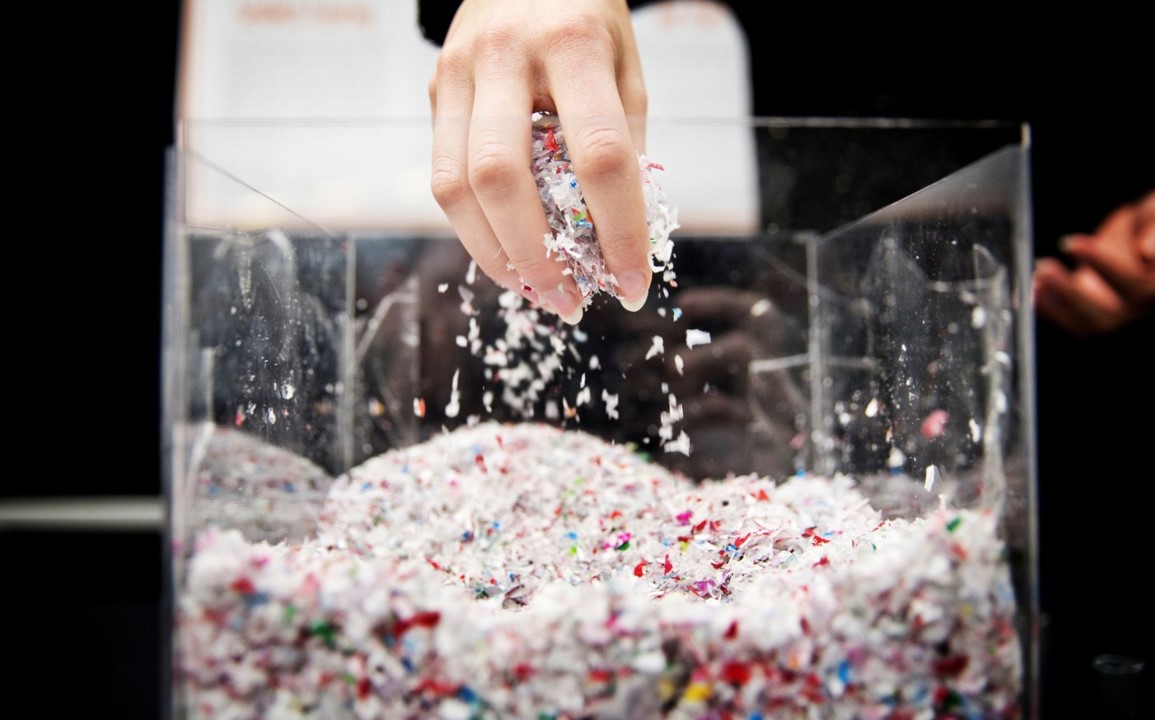Use of recycled plastic
Who for: all producers and importers of packaging
When: takes effect from 2030, more information available in 2026
What Verpact does: via the recyclate road map, Verpact boosts the market from collection right through to recycling of plastic packaging to ensure better coordination of post-consumer recyclate supply and demand.

For all plastics used in packaging (also as a laminate layer if this is more than 5% of the weight) a proportion of this must be made up of post-consumer recyclate (PCR): recycled material from plastics that have been released on the market, collected and recycled (thus no manufacturing waste).
The PPWR states that the following minimum percentages must be achieved by 2030, per “manufacturer”, per production location:
- PET for food items and drinks bottles: 30% (note: for PET drinks bottles a 25% target already applies in 2025 due to the SUP legislation)
- Other plastics for food items: 10%
- Other plastics: 35%
The “manufacturer” is the company that makes a packaging or a packaged product or the one who commissions another party to make a packaging or product in their name.
Exception: if the proportion of plastic is less than 5% of the total weight of the packaging, no mandatory minima for use of PCR apply.
Rules apply to all producers and importers based inside and outside the EU who release packaging on the EU market. Packaging must be collected within the EU and recycled within the EU or a facility outside the EU that complies with EU standards.
Rules for calculating PCR to follow in 2026 via so-called secondary legislation. This will likely involve rules making it mandatory for the manufacturer to be able to demonstrate that the recycled material in fact comes from collected and recycled plastic waste that was released on the market. Possibly in line with current certification of PCR, paying particular attention to implementation outside the EU.
Rates can be differentiated based on use of PCR.